Thessaloniki gets ready for its metro launch in November
The underground rapid transit lines have been under construction for almost two decades due to various project delays
 TheMayor.EU logo
TheMayor.EU logo 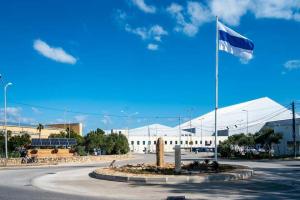
Renewable energy powers its lighting and irrigation systems
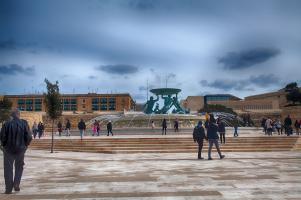
From 29 October

Bars and clubs to close at 11pm from Monday amid increased fines and enforcement

An amber list will be added to the red and green lists for flights from certain countries

Conversation with the President of Local Councils' Association of Malta
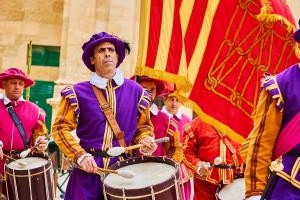
Four high-level festivals have been cancelled due to a spike of infections
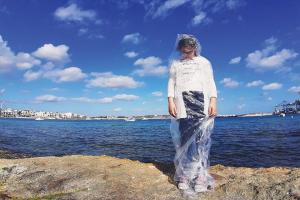
26 Maltese schools have taken part in an international campaign against littering

The EU-funded project will create an integrated information system to facilitate environmental monitoring and planning

The airport reopens on 1 July following pressure from tourism organizations
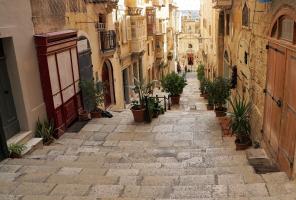
The second wave of Covid-19 infections is upon us, warn healthcare unions
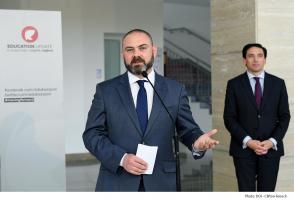
123 tablets or laptops and 132 free internet access points are being given to vulnerable students

With this initiative Malta commemorates the 25th anniversary of the GLOBE international program
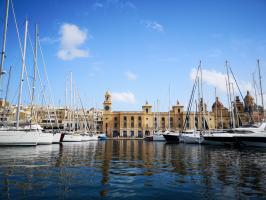
Dream Malta now, visit later advises a campaign launched by the country's tourism authority

Each local council in Malta supports a Facebook page to keep its citizens informed
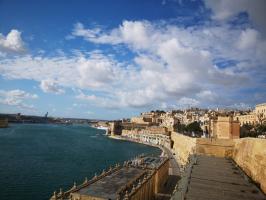
Learn more about the Grand Harbour Clean Air Project

Kellimni.com calls for mental wellbeing to be prioritised on a par with sanitary health
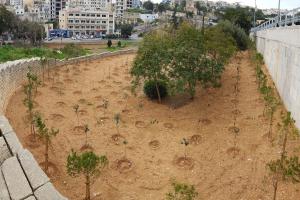
Here you will find an example from Malta
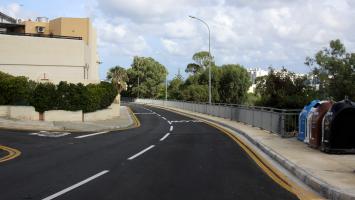
130 streets have been reconstructed in Malta with 700 million euros investment
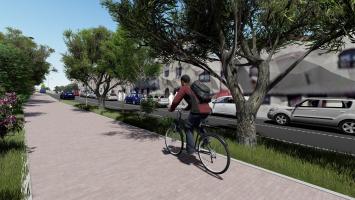
A new junction road to reduce traffic congestions and air pollution in Malta

To implement their objectives, the project partners have created an informative website and downloadable app

Malta Public Transport has overhauled its fleet with more than 250 brand new buses fitted with Euro 6 engines
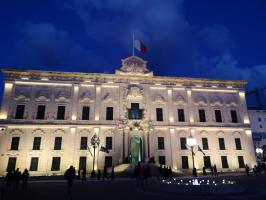
The country's energy grid has had its fair share of recent problems, despite ongoing projects
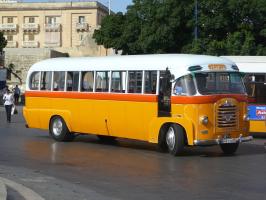
The new extension is part of the Government Free Travel Scheme which envisages free public transport for all
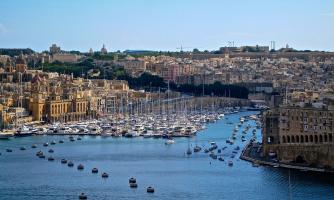
Еven the smallest countries seek solutions for water scarcity
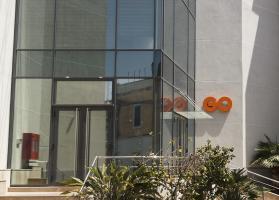
The project is part of a multi-year investment programme through which GO is strengthening its infrastructure

Local representatives from 21 countries will collaborate closely on migration issues

See what they consist of
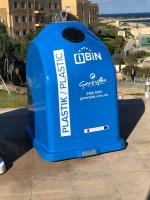
The introduction of intelligent bins has increased the collection of recyclables by 51% for several months
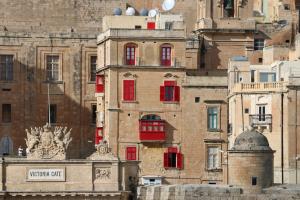
See more on the local elections in Malta

An interview with Prof. Alexiei Dingli, former mayor of Valletta and a lecturer in artificial intelligence